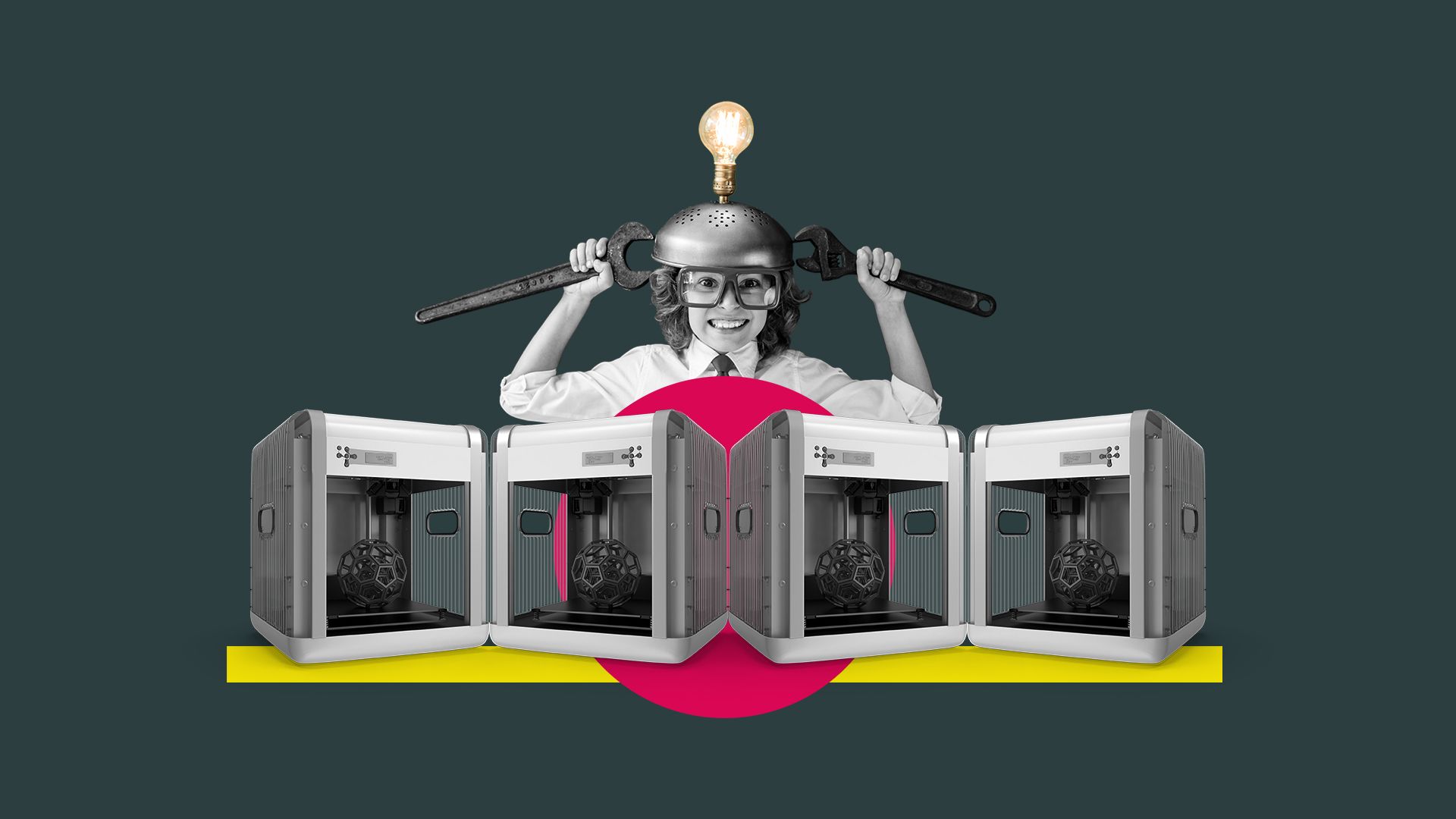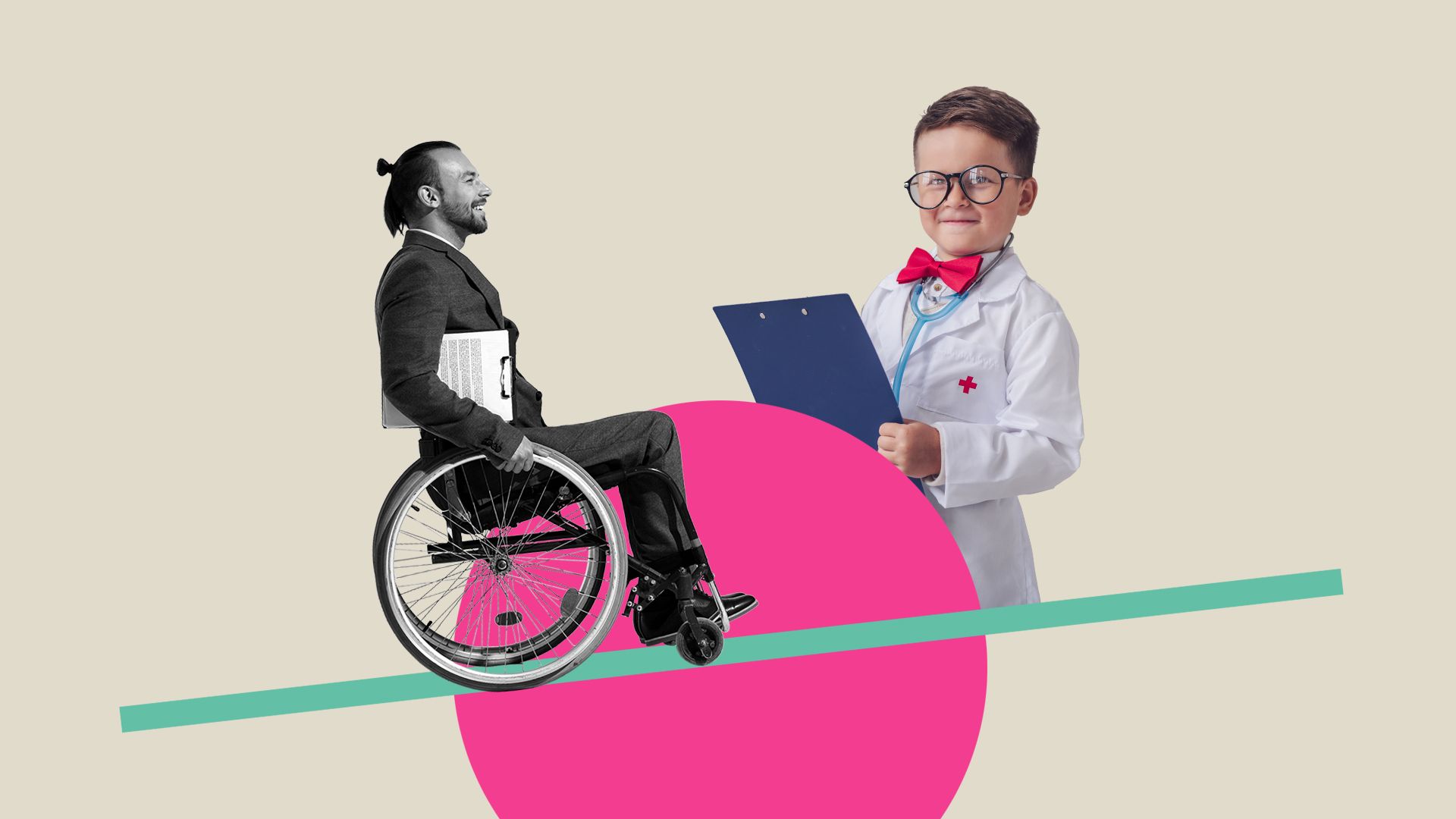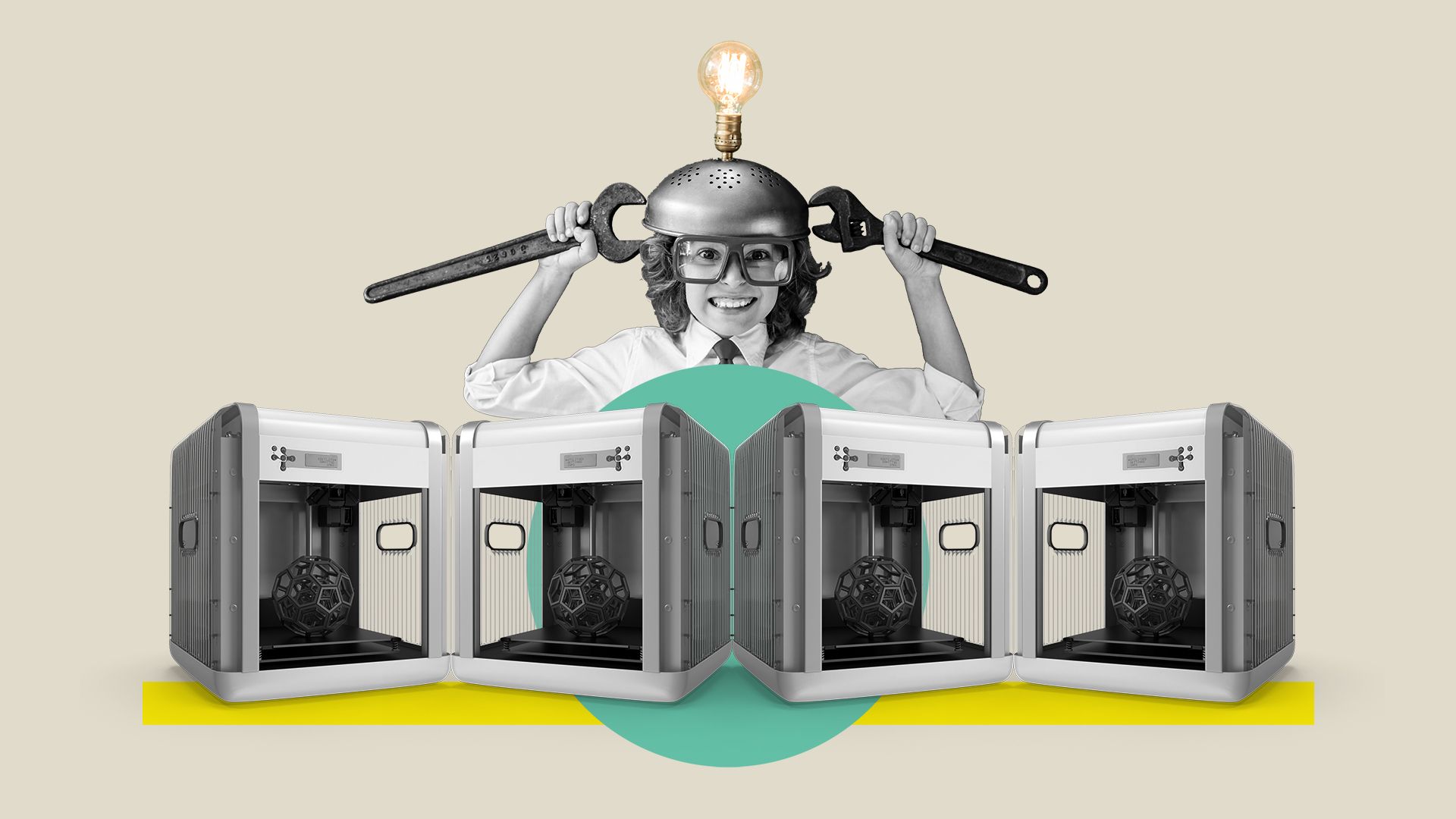Solving Real-World Problems with 3D Printing
In today's blog we're going to look at 3 interesting ways that 3D printing can be used in education to solve real-world problems. Each example looks at a particular global challenge, before we explain how we envisage students taking on the challenges with the use of 3D technologies. Although each example is different, they all have one thing in common - breaking down the silos between schools and the wider community.

7th February 2021 • News
Example 1: Assistive Technology
Current assistive technology solutions can be expensive, undesirable and not customised to the needs of individuals.

If you’ve been following PrintLab for some time, you’ll know that assistive technology is one of the key themes we incorporate into our learning platform. The obvious benefits of students designing assistive devices for people with disabilities are that they have the opportunity to go through an amazing, empathetic journey of creative problem solving – all whilst improving the life of another person or people. But what is the wider impact of this? Let’s take a look at a hypothetical scenario…
Last year we launched the make:able 3D printing and assistive technology challenge in collaboration with Autodesk and partners. The brief is to ‘design and make a product or prototype that improves the day-to-day life of someone who struggles with mobility in their hands’ and to date we’ve had an astounding 17,000 student registrations across 500 schools in 70+ countries. Due to the school disruptions from the pandemic, we might not see all 17,000 students participate but imagine if even 10,000 students entered and worked in teams of 4. If you do the math, that’s 2500 low-cost, customised assistive devices. And then if you take it further and make these designs open source and shared on platforms like Makers Making Change so they can be downloaded, adjusted and manufactured, you can begin to understand just how many lives can be supported in programs like this.
Example 2: Circular Product Design
Plastic packaging and products continue to use up finite resources and clog up the Earth’s oceans – destroying wildlife and marine environments.

There’s no doubt that plastics are fantastic in the way they look, feel and function, but predictions such as ‘there will be more plastic in our oceans that fish by 2050’ means that we really need to rethink the way we design and manufacture products. There’s a huge wave of innovators looking at how we can make better use of the plastic we produce through reuse, repair, recycling and remanufacturing initiatives. However, there’s also need to explore alternatives to plastics, especially for products that don’t require their specific properties.
One particular area of interest that we’ll be exploring at PrintLab is the use of mycelium (the thread-like part of a mushroom) to grow a range of products – from packaging to homeware. By combining mycelium with an organic substrate such as agricultural waste inside a mould, ‘polystyrene-like’ products can be created with fantastic properties such as flame resistance. The best thing is that once the products are no longer required, they can be composted at home or within the local community, providing nutrients back to the Earth. And if you combine this process with the freedom of design that reusable 3D printed moulds offer, the applications are endless! You can check out some amazing examples from Grown.bio here.
So where does this fit into education? In our opinion, education should be a playground for exploration and experimentation in fields such as sustainability. Imagine a school growing their own mushrooms and using the mycelium to produce homeware that is then sold throughout the local community. Now imagine this scaled up across networks of schools around the world who all share valuable data and research with an open-source mentality. This type of innovation from young students will surely drive awareness through social proof and send a wave of influence to designers and manufacturers around the world.
As a final note on plastics, we’re also excited to see how the 3D printing industry responds to this global challenge. We are already seeing companies like Filamentive who offer premium 3D printing materials made from recycled post-industrial waste where possible. And there’s a whole lot of experimentation going on with organic pastes, where viscous materials are mixed and extruded through desktop machines.
Example 3: Manufacturing Hubs
Emerging technologies such as 3D printing can be expensive and inaccessible for small businesses.

Our final example is more of a vision and it might seem like wishful thinking but if we don’t spark discussions about topics, they’d never come to fruition! The vision is based on governments providing funding to schools to purchase a broad range of additive manufacturing hardware (including high-end industrial machines), in view of supporting them to become manufacturing hubs that serve local businesses. For small businesses, this means easy, local and affordable access to equipment that can grow their brands. And for schools, it means that students can become an integral part of the daily operations where they can gain valuable entrepreneurial and technical skills. There’s always been a call for stronger links between industry and education and initiatives like this are sure to help close the widening skills gap of the present. We can even imagine creative businesses coming to one of these hubs to be upskilled by students themselves.
—
We hope you enjoyed reading about some of our visions for 3D printing in education and if you ever have any questions or are interested in collaborating with us, feel free to reach out at hello@weareprintlab.com.